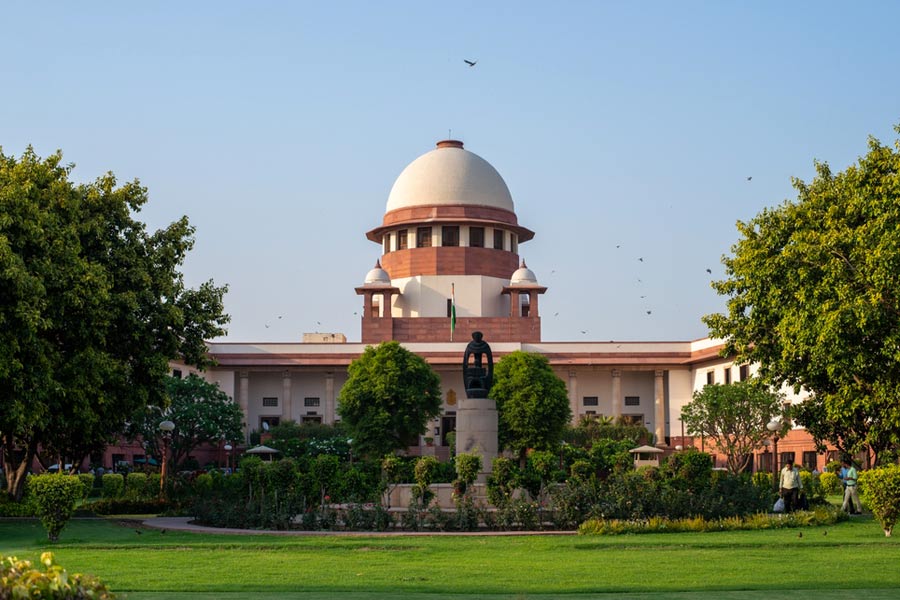The Supreme Court’s decision to permit states to create sub-categories among scheduled caste and scheduled tribes for the purposes of reservation makes the system similar to that for the other backward classes. It introduces the ‘creamy layer’ concept for those castes and tribes that have greater representation in government jobs and educational institutions. Certain states have already done so. The search is for justice for those who are more disadvantaged socially and in representation in comparison with others in the SC/ST category. The Supreme Court requires that the states should establish that inadequate representation is a result of backwardness. Only then can the constitutionally supported rational principle of differentiation be linked to sub-classification. Some Dalit researchers and activists have argued that the comparative prosperity or better representation of some SC groups does not mean that they are socially accepted. The historical injustice remains the same. If, additionally, they are given a thinner slice of quotas, the injustice would be doubled. The issue is not simple, oscillating as it does between the primacies of representation and historical injustice which continues in the present. Insecurities seem inevitable — or is it the more privileged among SC/STs trying to keep the less privileged in their place?
Of the seven judges of the Constitution bench who ruled on sub-categorisation, one judge dissented. According to her, intervening in the president’s lists was the domain of Parliament. At a more mundane level, a problem is presented by the Supreme Court’s condition of demonstrable data. That is the only way to make sub-categorisation fair and apolitical and calm insecurities. Yet there is hardly any data on representation percentages that can be compared to SC and ST numbers according to caste and tribe. Without a full assessment of these two in each state, the Supreme Court’s permission would be fruitless. The reports of earlier commissions of the Centre and of Uttar Pradesh have not been used, so now there is likely to be greater pressure for a nationwide caste census. Since the Bharatiya Janata Party and its powerful allies have welcomed the ruling, resistance would seem strange. Other parties, too, are enthusiastic. The Rashtriya Janata Dal has mentioned that without concrete numbers sub-categorisation would not be possible. If justice is the common goal, then politicians should ensure that the ruling can be implemented.











